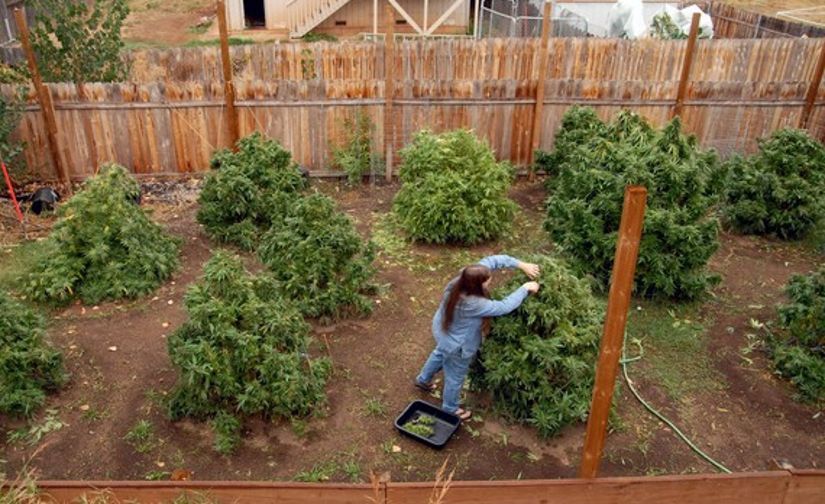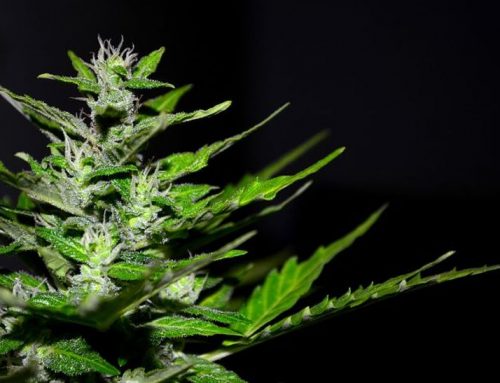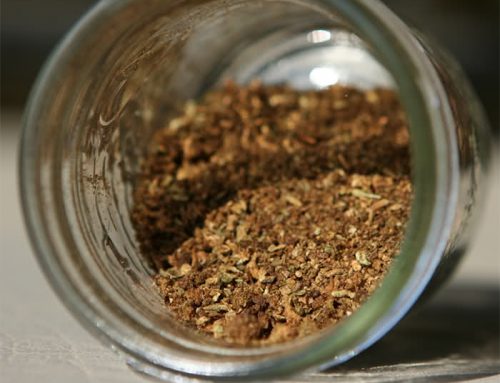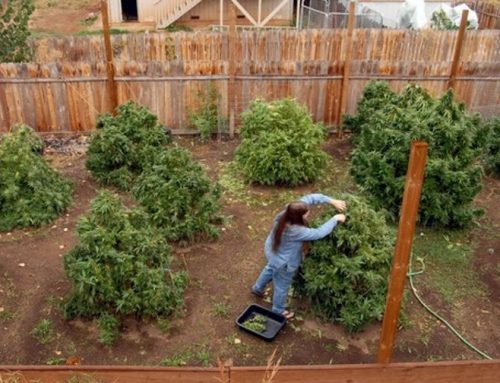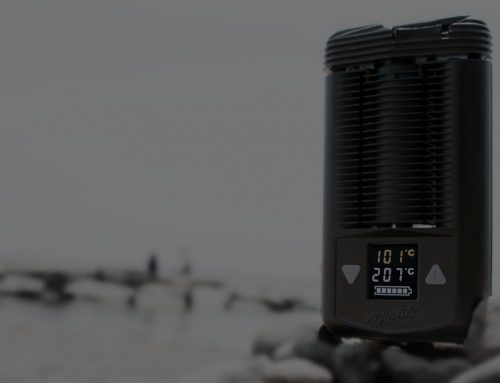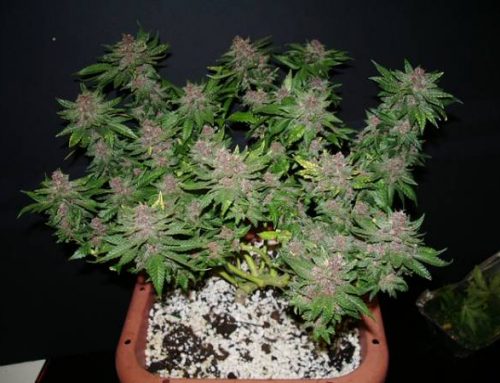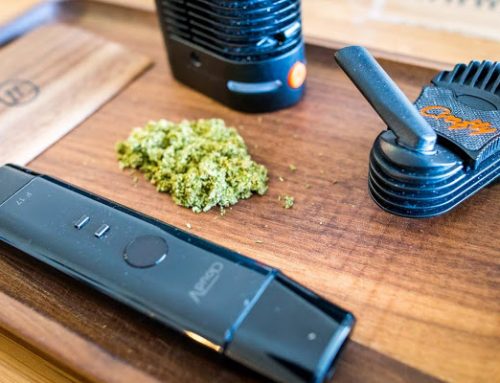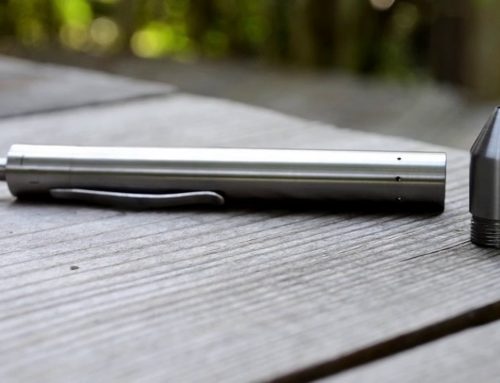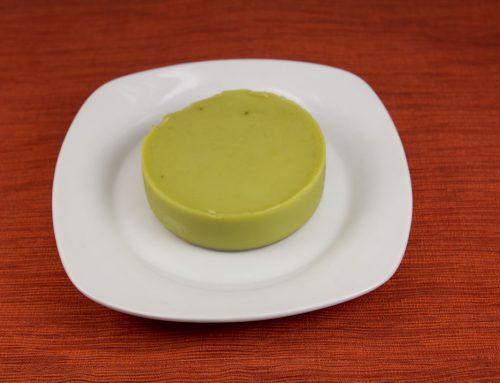Cannabis will grow with good soil, water, and light. Taking your plants to the next level might require a bit of added science. Adding a good cannabis fertilizer can really help your plants grow large and healthily, adding fertilizer incorrectly however, can severely damage your crop. The ultimate goal will be providing enough nutrients to maintain vigorous growth without creating toxic conditions in your soil. A 5 gallon pot of commercial potting soil contains about enough nutrients to feed a plant for a month, after that nutrients must be added to sustain growth. Knowing how cannabis fertilizer works and how to apply it to your plants will go a long way in improving your crop.
NPK Ratio
NPK stands for the elemental names of Nitrogen (N), Phosphorus (P), and Potassium (K). On commercial fertilizer packages they are represented as 3 numbers. Each number shows you the total percentage of each element contained within the fertilizer. For example a fertilizer with an NPK of 12 – 10 – 5 means it contains 12% Nitrogen, 10% Phosphorus, and 5% Potassium. This is know as the NPK ratio. Cannabis needs a constant balance of these three elements, and will require different ratios at different stages of growth. Cannabis fertilizers are typically made for vegetative plants and fruiting or blooming plants. Vegetative plant fertilizers will typically contain a higher amount of nitrogen to help with leaf and branch growth. Once a plants reaches it’s bloom phase it will require higher amounts of potassium and phosphorus to helps produce fat, heavy, and dense marijuana buds and flowers.
When a plant is missing any of these elements, it’s growth will slow. After a prolonged time without these nutrients, the leaves may begin to change color and die. By judging the symptoms with a deficiency chart you can narrow down which elements or minerals your plant needs. There are additional mineral nutrients that are contained in fertilizer besides nitrogen, phosphorus, and potassium. These additional elements should be listed on the package. Calcium and magnesium are two essential minerals required during the blooming phase.
Mixing Cannabis Fertilizer and When to Feed
Commercial cannabis fertilizer is typically concentrated mixtures of the elemental minerals needed by plants. These fertilizers should be diluted in clean pH balanced water before being applied to your plants. The two most common forms of marijuana fertilizer are liquid and powder. To mix the powder or liquid fertilizer, first place it in a small amount of warm water and make sure it is completely dissolved before adding it to your water reservoir or watering can. This will ensure that the water and fertilizer mix evenly. and completely dissolved
Another thing to take into consideration is the amount of soil in your pot. The larger amount of soil you have means more marijuana fertilizer will be spread out evenly. This means that your plant will require less frequent feeding than plants in smaller containers. Plants in smaller pots will absorb all nutrients from the soil rather quickly, so more often feeding are required. Adding more fertilizer will not make your plants grow faster. Follow the instructions and start with diluted mixtures and work your way up to stronger doses. Many fertilizers provide a feeding chart to help schedule your feedings.
You can determine when a plant needs to be fertilized by visual inspection or taking an NPK soil test. If plants are growing deep green healthy leaves, marijuana fertilizers may not be immediately required. It can take up to 2 weeks for plants to show signs of a nutrient deficiency. When plants stop growing and leaves become pale, your plant is in desperate need of fertilizer. There’s no exact time schedule to feed your plants fertilizer. Some might say once every other watering, others once a week. If you have a large container with plenty of soil you may even add a diluted amount of fertilizer every time you water your plants. By watching your plants closely and observing changes, you will learn when and how much fertilizer is needed for your specific grow conditions. Time release brands are available, they are very convenient and need to be applied once a month. The downside is that you will lose exact control over your nutrient levels.
Too Much Fertilizer
Over fertilizing is a common problem, the soil becomes toxic with the buildup of nutrients. Indoor plants are much more susceptible to over fertilization because of the smaller volume of soil. The soils ability to drain is also a factor. Fixing over fertilized cannabis plants is simple, it should be leached with plenty of diluted water solution. By adding 2 gallons of solution for every gallon of soil, you will be washing out the excess nutrients. The plant should start to grow and look better in about a week. Once the plant has new growth and the leaves are looking healthier, you may start your feeding program once again.

